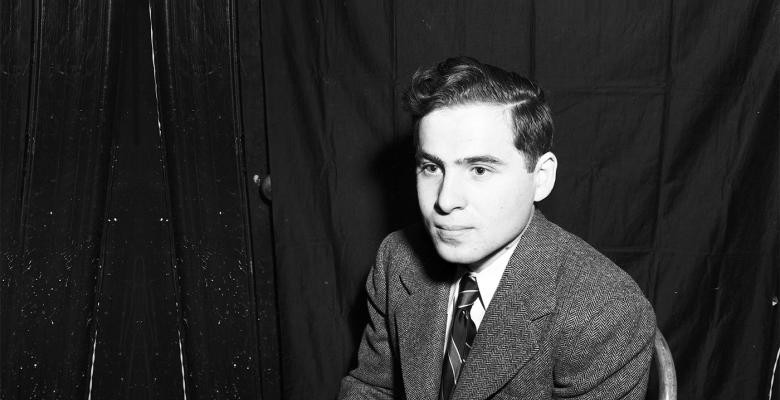Arthur Ashkin, CC'47, Wins Nobel Prize in Physics

Columbia alumnus Arthur Ashkin (CC 1947) has won the Nobel Prize in Physics for his groundbreaking research in laser physics.
He will receive half the $2 million prize for his work with optical tweezers that grab particles, atoms, viruses and other living cells with their laser beam fingers. Gérard Mourou of France and Donna Strickland of Canada split the remainder for their work in generating high-intensity, ultra-short optical pulses.
Ashkin, 96, is the oldest person ever named a Nobel laureate in any category. His achievement allowed scientists to use pressure from light to manipulate tiny organisms without damaging them, “an old dream of science fiction,” said the Royal Swedish Academy of Sciences, which administers the prizes, in its announcement on Tuesday. The breakthrough has led to a technique that separates healthy blood cells from infected ones, among other applications.
Related
He joins a distinguished line of 30 Nobel laureates in physics who received their graduate or undergraduate degrees at Columbia or who held faculty, lecturer or research staff appointments.
As an undergraduate, the Brooklyn-born Ashkin became a technician at the Columbia Radiation Lab, which was tasked with building magnetrons—high-powered vacuum tubes—for U.S. military radar systems. Although he was drafted in his sophomore year to serve in World War II, his status was changed to enlisted reserves and he continued his work in the lab. He received his Ph.D. at Cornell University in 1952.
The Columbia Radiation Lab was famously led by Columbia Professor I.I. Rabi (1944 Nobel Prize in Physics). His long-time research assistant, Sidney Millman (Ph.D. 1935), later became executive director of research at Bell Laboratories and recruited Ashkin to work there; he retired from there after 40 years.
Robert Mawhinney, professor and chair of the Physics Department at Columbia, said Ashkin’s invention has had a broad impact across all fields of science. “Optical tweezers have allowed us to manipulate material from the size of atoms to the larger, but still microscopic, components of living organisms,” he said. “Such a capability was not in anyone’s mind, except perhaps his, when he ventured into the Columbia Radiation Lab in the 1940s as a talented undergraduate, ready for his first exposure to research at the boundaries of human knowledge. He has spent his career moving that boundary forward and we applaud his success.”
He joins a distinguished line of 30 Nobel laureates in physics who received their graduate or undergraduate degrees at Columbia or who held faculty, lecturer or research staff appointments.
As an undergraduate, the Brooklyn-born Ashkin became a technician at the Columbia Radiation Lab, which was tasked with building magnetrons—high-powered vacuum tubes—for U.S. military radar systems. Although he was drafted in his sophomore year to serve in World War II, his status was changed to enlisted reserves and he continued his work in the lab. He received his Ph.D. at Cornell University in 1952.
The Columbia Radiation Lab was famously led by Columbia Professor I.I. Rabi (1944 Nobel Prize in Physics). His long-time research assistant, Sidney Millman (Ph.D. 1935), later became executive director of research at Bell Laboratories and recruited Ashkin to work there; he retired from there after 40 years.
Robert Mawhinney, professor and chair of the Physics Department at Columbia, said Ashkin’s invention has had a broad impact across all fields of science. “Optical tweezers have allowed us to manipulate material from the size of atoms to the larger, but still microscopic, components of living organisms,” he said. “Such a capability was not in anyone’s mind, except perhaps his, when he ventured into the Columbia Radiation Lab in the 1940s as a talented undergraduate, ready for his first exposure to research at the boundaries of human knowledge. He has spent his career moving that boundary forward and we applaud his success.”